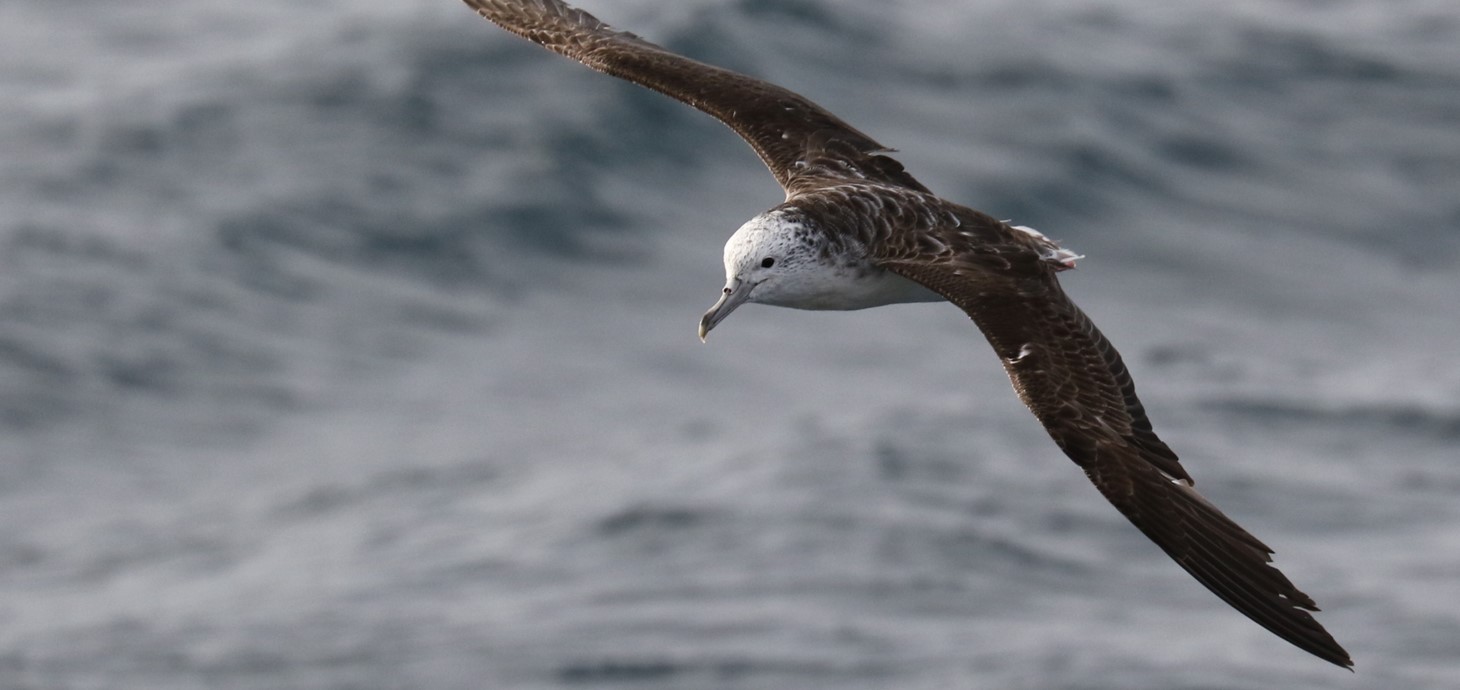遠洋性の海鳥の中には嵐の目に直接向かって飛ぶものがあることがわかりました。このような飛翔により、陸地に押し上げられることを避け、怪我や死亡のリスクを軽減できるのではないかと研究者は考えています。 New research led by Swansea University has found some pelagic seabirds fly directly towards the eye of a storm, which researchers think may help them avoid being forced onto land masses, reducing the risk of injury or death.
2022-10-07 スウォンジー大学

その結果、研究期間中に発生した最も強い台風でも、風速が最も速い暴風域に向かって飛ぶことが多いことが明らかになった。
サイクロンは北半球では反時計回りに進むため、もし鳥が元の場所にとどまっていたら、台風の目の後方で強い陸風に巻き込まれた可能性がある。この場合、鳥は陸地に流れ着く可能性があり、衝突や制御不能な着陸、捕食者との遭遇など、危険な状況に陥る可能性があるす。
この研究では、いくつかの鳥が嵐を回避したことが示されていますが、これは、彼らが海から遠く離れていて、嵐の周りの明確な経路の恩恵を受けている場合にのみ起こる。このことから、鳥は自分のいる場所と嵐の進路に応じて嵐への対応を変えていることがわかる。
<関連情報>
- https://www.swansea.ac.uk/press-office/news-events/news/2022/10/groundbreaking-research-finds-pelagic-seabirds-fly-into-the-eye-of-the-storm-when-faced-with-extreme-weather-conditions.php
- https://www.pnas.org/doi/abs/10.1073/pnas.2212925119
嵐の目に飛び込むことでリスクを軽減する浮遊性海鳥たち Pelagic seabirds reduce risk by flying into the eye of the storm
Emmanouil Lempidakis, Emily L. C. Shepard, Andrew N. Ross, Sakiko Matsumoto, Shiho Koyama, Ichiro Takeuchi and Ken Yoda
Proceedings of the National Academy of Sciences Published:October 4, 2022
DOI:https://doi.org/10.1073/pnas.2212925119
Significance
Cyclones can cause billions of dollars of damage and loss of human life. They can also cause mass mortality and strandings in seabirds. We used Global Positioning System tracking data from streaked shearwaters breeding in the world’s most active cyclone basin to understand how seabirds respond to these systems. Birds varied their response according to the wind speed and direction, generally flying toward the eye of the cyclone in strong winds. This surprising strategy enabled shearwaters to control their exposure to risky wind vectors that could drift them onshore. Nonetheless, birds may need to know where land is in order to avoid it. Juveniles lack this “map sense,” making them susceptible to wrecking in some scenarios.
Abstract
Cyclones can cause mass mortality of seabirds, sometimes wrecking thousands of individuals. The few studies to track pelagic seabirds during cyclones show they tend to circumnavigate the strongest winds. We tracked adult shearwaters in the Sea of Japan over 11 y and found that the response to cyclones varied according to the wind speed and direction. In strong winds, birds that were sandwiched between the storm and mainland Japan flew away from land and toward the eye of the storm, flying within ≤30 km of the eye and tracking it for up to 8 h. This exposed shearwaters to some of the highest wind speeds near the eye wall (≤21 m s–1) but enabled them to avoid strong onshore winds in the storm’s wake. Extreme winds may therefore become a threat when an inability to compensate for drift could lead to forced landings and collisions. Birds may need to know where land is in order to avoid it. This provides additional selective pressure for a map sense and could explain why juvenile shearwaters, which lack a map sense, instead navigating using a compass heading, are susceptible to being wrecked. We suggest that the ability to respond to storms is influenced by both flight and navigational capacities. This may become increasingly pertinent due to changes in extreme weather patterns.


